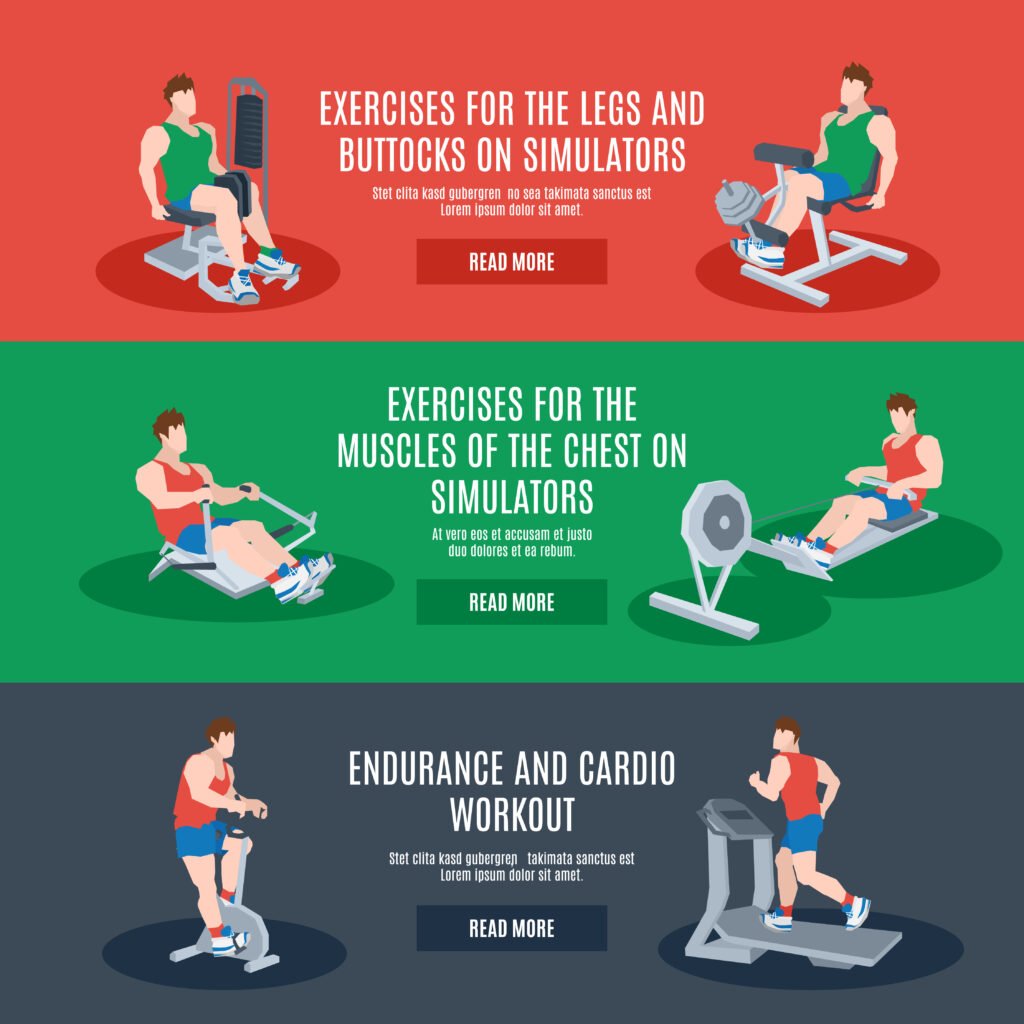Circuit training is an exciting and efficient way to work out, combining various exercises that target different muscle groups. By rotating through six to ten exercises with minimal rest in between, you can create an intense, full-body workout in a shorter amount of time. But how is circuit training different from other types of workouts? Unlike traditional sessions that focus on one muscle group at a time, circuit training alternates between different muscle groups. This allows one muscle group to recover while you’re working on another!
What Exactly is Circuit Training?
Circuit training is a high-intensity workout where multiple exercises are performed in quick succession, with minimal rest in between. It’s a combination of strength training and endurance, targeting various body parts in one session. Fitness expert Spoorthi S. explains that circuit training is designed to increase muscle endurance, burn fat, and improve overall fitness. A study in Biology shows that circuit training reduces body fat, increases muscle mass, and enhances both strength and cardiorespiratory fitness.

Key Benefits of Circuit Training
- Time-Efficient Workouts Circuit training allows you to get a full-body workout in less time by minimizing rest between exercises. If you’re pressed for time, this makes it a perfect option. A study in the International Journal of Sports and Health Sciences suggests that you can structure a circuit with stations of 30-60 seconds of exercise followed by brief rest intervals. You can do this 2-3 times per week for maximum results.
- High-Intensity Fat Burning With minimal rest between exercises, circuit training keeps your heart rate up, which helps burn more calories during the workout. A study published in Scientific Reports highlights its effectiveness for weight loss and fat reduction. It’s also great for improving cardiovascular health and endurance.
- Full-Body Engagement The variety of exercises in a circuit ensures you target multiple muscle groups, leading to a well-balanced strength improvement. This approach helps prevent overtraining specific muscles and ensures a comprehensive workout even if you can’t work out daily.
- Boosts Your Metabolism The combination of cardio and strength training increases your metabolism during and after the workout. This afterburn effect (known as EPOC – excess post-exercise oxygen consumption) keeps your body burning calories even when the workout is done. A study in Metabolism shows that this process helps burn extra calories as your body recovers.
- Heart Health Improvement Since circuit training keeps your heart rate elevated throughout the session, it’s excellent for cardiovascular health. Research in Frontiers in Cardiovascular Medicine suggests that it improves heart strength by making it more efficient at pumping blood. Adding High-Intensity Interval Training (HIIT) to your circuit can also enhance lung function.
- Minimal Equipment Required One of the great things about circuit training is that you don’t need a lot of fancy equipment. Whether you’re working out at home, the gym, or outdoors, you can still have an effective circuit workout with minimal gear.
- Keeps Workouts Interesting By constantly switching exercises, circuit training prevents monotony, making your workout more engaging. Studies in Brain Sciences show that variety in your fitness routine can help maintain motivation and consistency.
- Improves Mood Combining cardio and strength exercises releases endorphins, the body’s natural mood enhancers. According to the Journal of Clinical Medicine, this makes you feel good and boosts your confidence, helping you stay motivated to reach your fitness goals.
Tips for Circuit Training Success
While circuit training offers many benefits, there are a few things to keep in mind to maximize your results:
- Pace Yourself: The intensity of circuit training can be overwhelming, especially for beginners. Start slow and gradually increase the intensity as your body gets used to the workout.
- Use Proper Form: Quick transitions between exercises can lead to poor form, which increases the risk of injury. Pay attention to your posture and technique, and avoid rushing through movements.
- Choose Appropriate Weights: Pick weights that are challenging but allow you to complete each set without overexertion. Proper weight selection is key to effective and safe training.
Sample Circuit Workout
Here’s a beginner-friendly circuit to get you started. Do each exercise back-to-back with minimal rest:
- Squats (10 reps)
- Push-ups (10 reps)
- Lunges (10 reps per leg)
- Superman (10 reps)
- Plank Hold (30 seconds)
Once you’ve completed all five exercises, that’s one set. Aim for 4-5 sets in total, resting 15-20 seconds between exercises and 30-45 seconds between sets.

Potential Risks of Circuit Training
While circuit training is effective, it can carry risks if not approached carefully:
- Overexertion: The fast pace and short rest periods can lead to overtraining. Listen to your body and don’t push yourself too hard. Warming up and cooling down properly can help avoid injuries.
- Poor Form: Rushing through exercises might cause you to lose form, which can lead to joint or muscle injuries. Focus on technique, especially when transitioning quickly between movements.
- Inadequate Recovery: With minimal rest between exercises, circuit training can be taxing on your body. Be sure to allow adequate recovery time between workouts to avoid burnout or injury.
- Cardiovascular Strain: For individuals with heart issues or those new to exercise, maintaining a high heart rate for extended periods can be risky. Always consult a medical professional before starting an intense workout like circuit training.
- Challenges for Beginners: If you’re new to fitness, circuit training may feel too intense. It’s important to start with simpler exercises and progress at your own pace.
Summary
Circuit training is a highly effective and engaging workout that can help you burn fat, build muscle, and improve your overall fitness. It’s time-efficient, targets multiple muscle groups, and can be done with minimal equipment. However, it’s important to listen to your body, maintain proper form, and take sufficient rest to prevent injury. Incorporating circuit training into your routine 2-3 times a week can lead to great results, but always remember to pace yourself and adjust the intensity as needed.
FAQs
Who should avoid Circuit Training? Circuit training can be done by most people with the right guidance. However, beginners or those with specific injuries or health concerns should consult a fitness professional before starting.
Can you do Circuit Training every day? Circuit training is intense and can be hard on the body if done every day. It’s recommended to do it 2-3 times per week to allow for proper recovery.
How long should a Circuit Training session last? A typical circuit workout can last anywhere from 10 to 45 minutes. Aim for 3 rounds of exercises, with 10-15 reps per exercise, for an effective workout.


